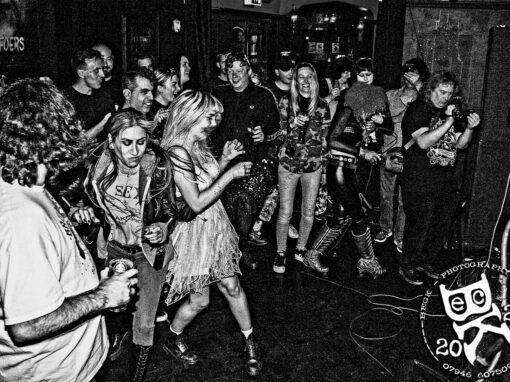Image by Nicole Alexander from Wikimedia
For over a decade, Blake Lively was fashion media’s golden girl: red carpet royalty, Met Gala icon, and the only A-lister who proudly claimed to style herself. To put its simply she was ‘it’.
But recently, something shifted.
On the back of the ‘It Ends With Us’ press cycle – marked by awkward trailers, delayed releases, and a now-notorious back-and-forth between Justin Baldoni and Blake Lively herself – the internet mood began to shift. What started as a few snide comments about her on-set wardrobe snowballed into something louder: a trending distaste for Lively’s personal style. Her once-lauded “powersuits” that were structured, bold, and often colour-coordinated, were suddenly being mocked as overdone, costumey, even outdated.
Fans of ‘It Ends With Us’ criticised Lively’s input on the costumes, questioning her influence on the film’s aesthetic. Screenshots of her looks went viral, not as inspiration, but as memes. The layered items of clothing, the vintage florals, the infamous hats, were seen as out of step with a culture leaning toward minimalism, deconstruction, and quiet irony. Moreover, fans just didn’t feel like they were evocative of her character ‘Lily Bloom’.
The woman once seen as untouchable became the subject of a digital fashion reckoning. And what’s more interesting than the critiques themselves is what they revealed: not just about Blake Lively, but about how we talk about women, fashion, and taste online.

But the internet doesn’t just notice a shift, it amplifies it. What might once have been seen as a few off days or bold risks quickly becomes a narrative: Blake Lively has “lost her touch.” In reality, the clothes haven’t changed all that much, what has changed is the cultural appetite. Online fashion discourse is quick to turn style into spectacle, nuance into critique. Platforms like TikTok reward hot takes and contrarian opinions, and so yesterday’s fashion darling can easily become today’s punchline. It’s less about the outfits and more about how quickly we decide someone is no longer ‘in’.
Blake Lively’s style “fall from grace” isn’t really about bad outfits, it’s about shifting standards. As fashion moves into a quieter, subtler, more irony-coded era, her unapologetically polished, high-glamour looks read louder than they used to. But that doesn’t make them failures.
Her fashion has always been intentional. Sometimes it hits, sometimes it polarises – but it’s hers. And in an age where authenticity is increasingly curated, there’s something quietly radical about continuing to dress with confidence, colour, and control. If anything, this so-called takedown has just proven that Blake Lively’s fashion presence still matters. People are still watching. Still dissecting. Still debating. And maybe that’s the mark of a true style icon – not universal approval, but lasting conversation.
Blake Lively has been noticeably quieter in the public sphere recently, with less paparazzi, fewer red carpets, and a more controlled online presence. For someone whose fashion was often tied to visibility this retreat feels intentional. And in that silence, the scrutiny has only grown louder.
But fashion has always been her way of re-entering the conversation. She doesn’t do tell-all interviews or confessional captions, she lets the clothes speak. Whether it’s a power suit worn like armour or a whimsical couture moment styled without irony, Lively uses fashion as a kind of language: to redirect attention, reframe perception, and write her own comeback.
So like her or not – the outfits she will be wearing in the future won’t just be clothes. It’ll be a statement. Not necessarily one designed to please, but one designed to say: I’m still here. Still doing it my way.
For more stories on Fashion click here: https://illuminatedmag.co.uk/fashion/




